Back in spring during the first peak of the crisis, Germany hastily introduced border controls as countries around Europe battled to get the number of Covid-19 infections under control.
However, it resulted in long queues and chaos at border crossings. Now as a resurgence of coronavirus intensifies, there is disagreement about reintroducing tougher border controls – even within political parties, such as the conservative Christian Social Union (CSU).
In view of the worsening situation in Europe, Bavarian interior minister Joachim Herrmann believes it is necessary to talk about border controls again.
“The discussion about intensified border controls could flare up again if the incidence of infection in neighbouring countries gets out of control,” the CSU politician told the newspapers in the Funke Media Group on Tuesday.
“At the same time, we are keeping an eye on the close economic relations where there is regular commuting workers, for example with the Czech Republic and Austria”.
In Austria the number of new infections is going up rapidly, resulting in tougher coronavirus regulations and a local lockdown in Kuchl, near the German border. A lockdown was also being introduced on Tuesday in nearby Berchtesgadener Land in southern Bavaria.
READ ALSO: What you need to know about Austria's lockdown measures
Bavarian state premier Markus Söder said one of the reasons for the outbreak in the Berchtesgaden area was because of its close proximity to hotspots in Austria.
However, if border controls are put in place it will hit the Austrian tourism industry hard.
Meanwhile, most other European countries, including neighbouring Czech Republic, Poland, Switzerland and France, are also battling rising coronavirus infections.
'Renewed internal border controls must be avoided'
In contrast to Herrmann, the State Secretary in the federal Interior Ministry Stephan Mayer, rejected the idea of renewed border closures.
When asked whether border closures could be introduced again due to rising coronavirus cases, the CSU politician told the Passauer Neue Presse: “No. The situation in mid-March 2020 was characterised by great uncertainty in Europe and worldwide in dealing with the virus.”
In spring there were no regional anti-corona restrictions yet, he added. “Renewed internal border controls in the wake of the pandemic must therefore be avoided,” said Mayer. However, the federal government said it was observing the development “with great attention”.
Recently, federal Foreign Minister Heiko Maas of the centre-left Social Democrats (SPD) warned against renewed border closures in the wake of the pandemic. In spring of this year “there were bad experiences after closing borders too fast”, he said.
Among the issues when borders were closed or partially shut in Germany, were long traffic jams, particularly affecting commuters and delivery drivers.
People also had to carry exit certificates and proof of where they worked or lived. Unmarried couples and families were separated for weeks. It was only in mid-June that the rules for entering the country were relaxed again.
Vocabulary
Border controls – (die) Grenzkontrollen
Hastily or urgently – eilig
Flare up – aufflammen
Commuters – (die) Pendler (or der Pendler for commuter)
We're aiming to help our readers improve their German by translating vocabulary from some of our news stories. Did you find this article useful? Let us know.

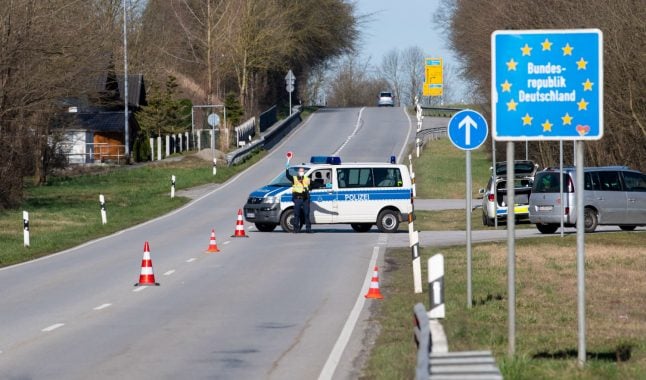
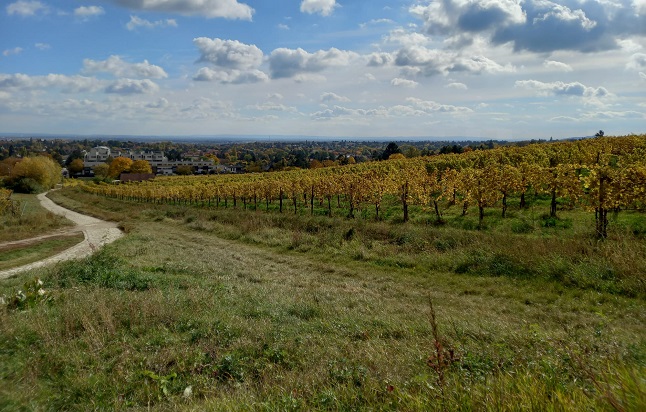
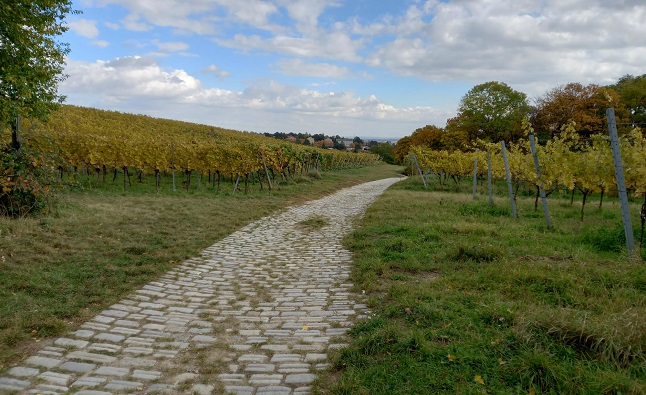
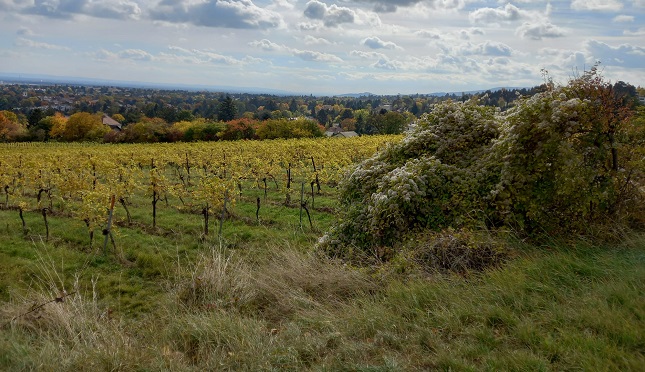

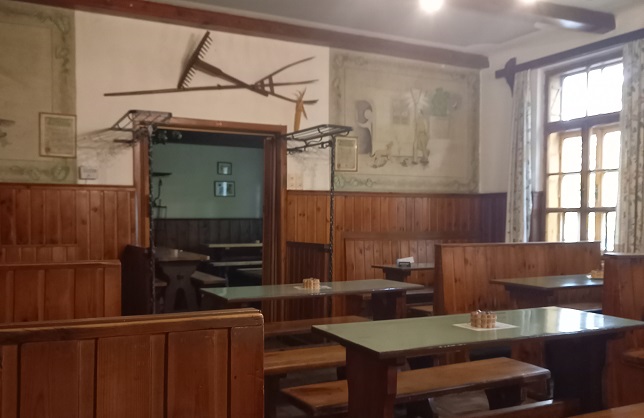
 Please whitelist us to continue reading.
Please whitelist us to continue reading.
Member comments